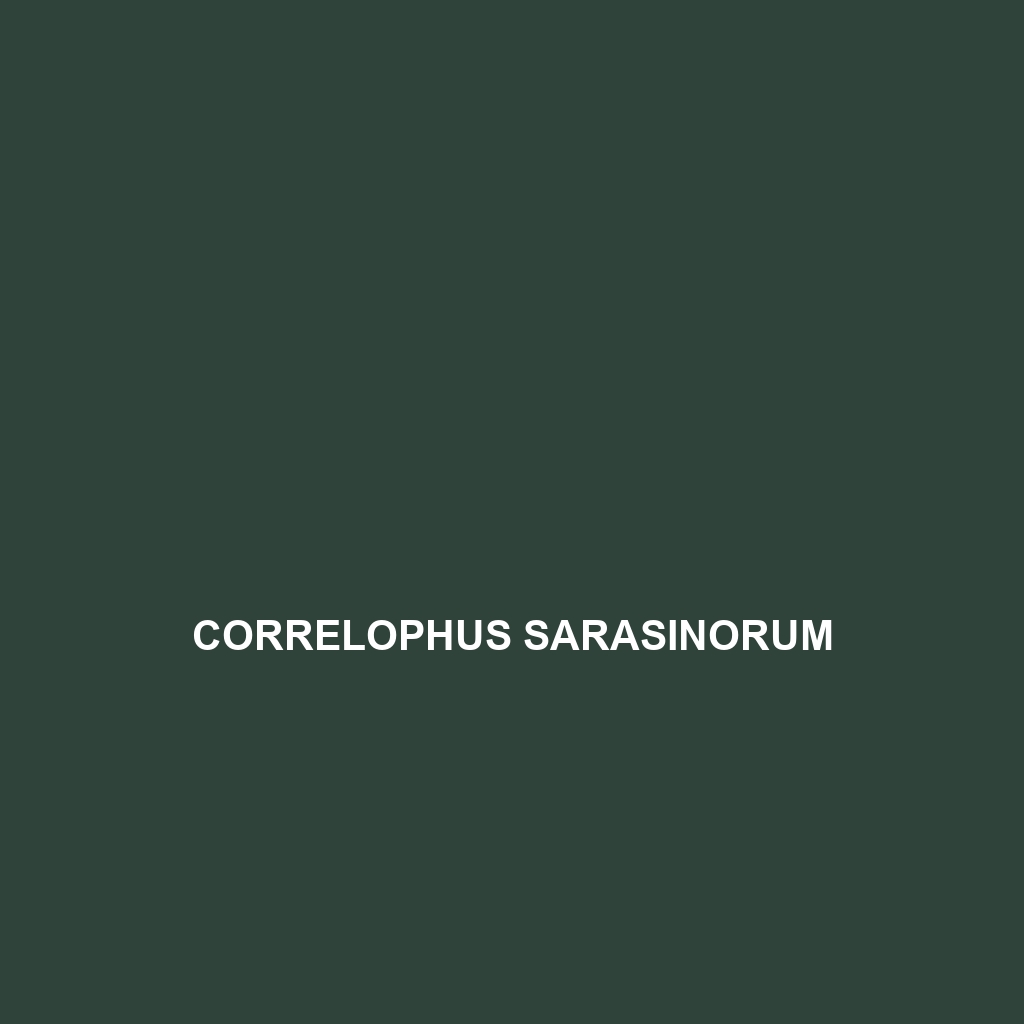Species Description of Correlophus sarasinorum
Common Name: Correlophus sarasinorum
Scientific Name: Correlophus sarasinorum
Habitat
Correlophus sarasinorum, commonly known as the Sarasin’s gecko, is primarily found in the tropical rainforests of New Caledonia. This species thrives in humid, shaded environments where temperatures are consistently warm. The dense foliage and abundant hiding spots in these habitats provide essential shelter and breeding areas for these geckos.
Physical Characteristics
Correlophus sarasinorum is a medium-sized gecko, typically reaching lengths of up to 25 cm (approximately 10 inches). This species exhibits a striking color palette, often featuring shades of brown, gray, or green with irregular patterns, which provide excellent camouflage among the foliage. Noteworthy characteristics include its broad, long limbs and a prehensile tail, which aids in navigation through trees and shrubs.
Behavior
The Sarasin’s gecko is primarily nocturnal, displaying most of its activity during the night. They exhibit a range of behaviors, including climbing, hunting, and basking on branches. These geckos are known for their ability to drop their tails as a defense mechanism when threatened, a trait that helps them evade predators. Additionally, they engage in social behaviors, often found in small groups, which can include displays of mating rituals and territoriality.
Diet
Correlophus sarasinorum is an insectivorous species, primarily feeding on a variety of insects and small invertebrates. Common dietary components include crickets, mealworms, and fruit flies. Their feeding habits play a crucial role in regulating insect populations within their ecosystem, making them important for maintaining ecological balance.
Reproduction
The reproductive habits of Correlophus sarasinorum include seasonal breeding, typically occurring during the wetter months when environmental conditions are optimal. Females lay eggs, often in hidden locations, and will usually produce two eggs per clutch. The incubation period generally lasts between 40 to 60 days, with hatchlings emerging fully formed and ready to fend for themselves shortly after.
Conservation Status
As of the latest assessments, Correlophus sarasinorum is classified as vulnerable due to habitat loss and degradation primarily caused by deforestation and urbanization. Conservation efforts are critical to ensure the survival of this unique species, focusing on habitat preservation and environmental awareness.
Interesting Facts
One fascinating aspect of Correlophus sarasinorum is its remarkable ability to change color slightly in response to its surroundings, enhancing its camouflage. Additionally, these geckos have a unique vocalization that can be heard during mating displays, which is not commonly found in all gecko species.
Role in Ecosystem
Correlophus sarasinorum plays a significant role in its ecosystem as both a predator of insects and as prey for larger predators. By controlling insect populations, they contribute to the health of their habitat. Furthermore, their presence reflects the overall health of the tropical rainforest ecosystem, highlighting the interdependence of species within this biodiverse environment.
